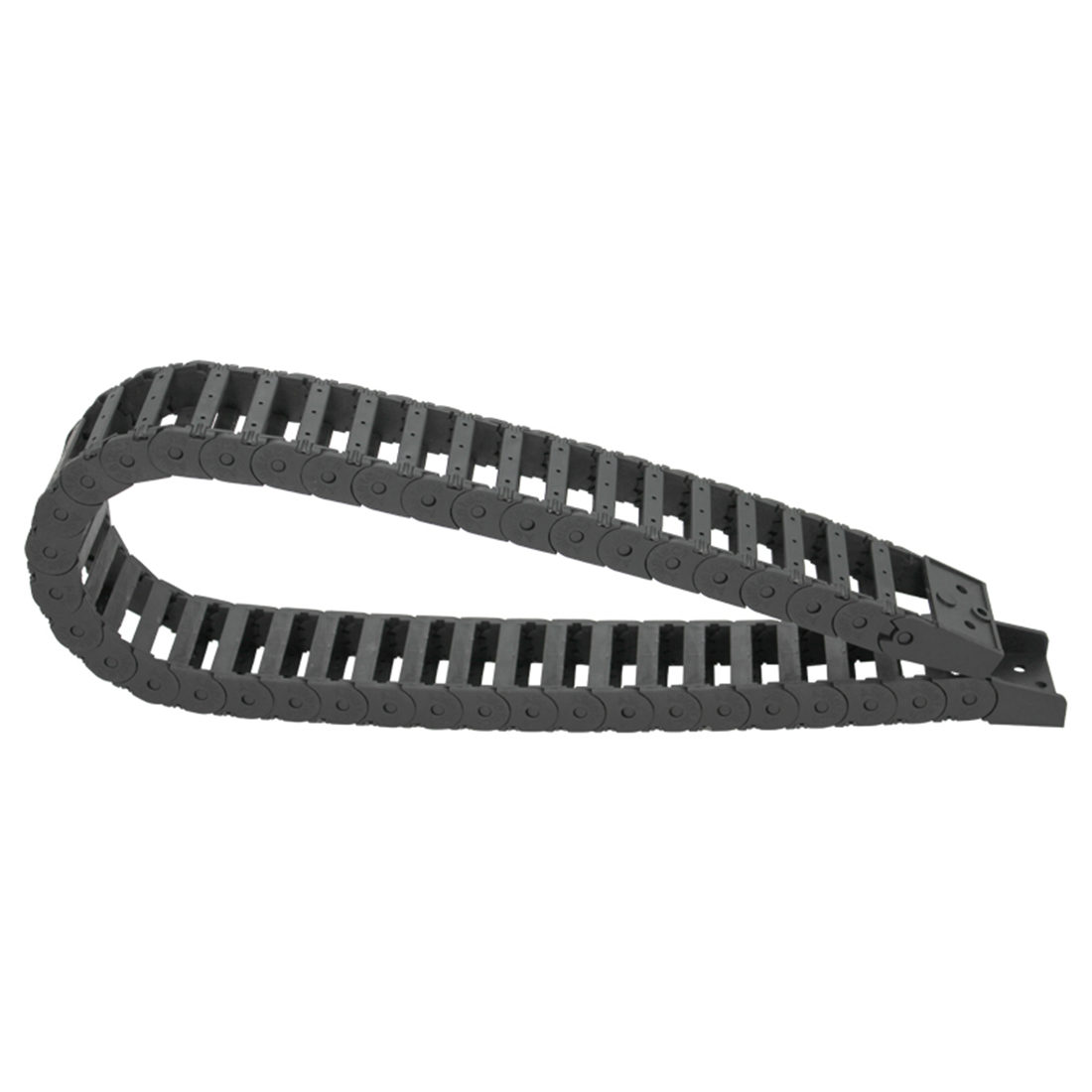Exploring the Benefits and Applications of Continuous Synchronous Belts in Modern Industries
The Importance and Utility of Endless Synchronous Belts
Endless synchronous belts, also known as timing belts, play a vital role in the world of mechanical engineering and industrial automation. These belts are an essential component of various machines, providing a means of transferring motion and torque between rotating shafts. They are characterized by their infinite length, which is achieved through a continuous loop design that eliminates the need for joints or seams.
Design and Structure
Endless synchronous belts are typically made from high-quality rubber or neoprene and are reinforced with a strong tensile material like fiberglass or steel. The inner surface of these belts features teeth that mesh with corresponding grooves on the pulleys, ensuring precise synchronization of movement. This design enables endless synchronous belts to maintain consistent speed, reduce slippage, and improve overall efficiency. The absence of joints means that these belts experience less wear and tear over time, resulting in a longer service life.
Applications
The applications of endless synchronous belts are diverse and widespread. They are commonly used in automotive engines for camshaft and crankshaft synchronization. In industrial settings, these belts are found in conveyor systems, robotics, and material handling equipment. Their ability to provide precise motion control makes them ideal for CNC machines and automatic assembly lines, where accuracy is paramount.
In the food and beverage industry, endless synchronous belts are utilized in packaging machinery, where conforming to stringent hygiene standards is necessary
. Their seamless design means that there are fewer areas where food particles can accumulate, thus facilitating easier cleaning and maintenance. Additionally, the ability to operate at high speeds without compromising reliability makes them a preferred choice in these fast-paced environments.endless synchronous belts

Advantages
One of the primary advantages of using endless synchronous belts is their energy efficiency. Since these belts provide a direct connection between the motor and the driven component, they can reduce energy losses associated with friction and slippage. Moreover, they operate quietly and smoothly, minimizing noise pollution in work environments.
Another notable benefit is their maintenance-free operation. Unlike chains, which require regular lubrication, or gear systems, which necessitate periodic replacement of components, endless synchronous belts demand minimal upkeep. This results in lower operational costs and less downtime for businesses, enhancing productivity.
Future Developments
As technology continues to evolve, the design and application of endless synchronous belts are also advancing. Innovative materials are being explored to enhance their performance under extreme conditions, such as high temperatures and aggressive chemicals. Moreover, advancements in manufacturing techniques, such as the incorporation of smart sensors, could lead to the development of belts that provide real-time feedback on wear and performance, enabling predictive maintenance.
Conclusion
Endless synchronous belts are an indispensable component in many mechanical systems, facilitating smooth and precise motion transfer across various industries. Their unique design, combined with their efficiency and low maintenance requirements, makes them a superior choice for a wide range of applications. As industries continue to lean towards automation and increased efficiency, the role of endless synchronous belts will likely expand, driving further innovations and advancements. Understanding their importance and capabilities paves the way for enhanced productivity and reliability in numerous mechanical operations.








